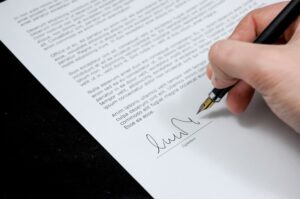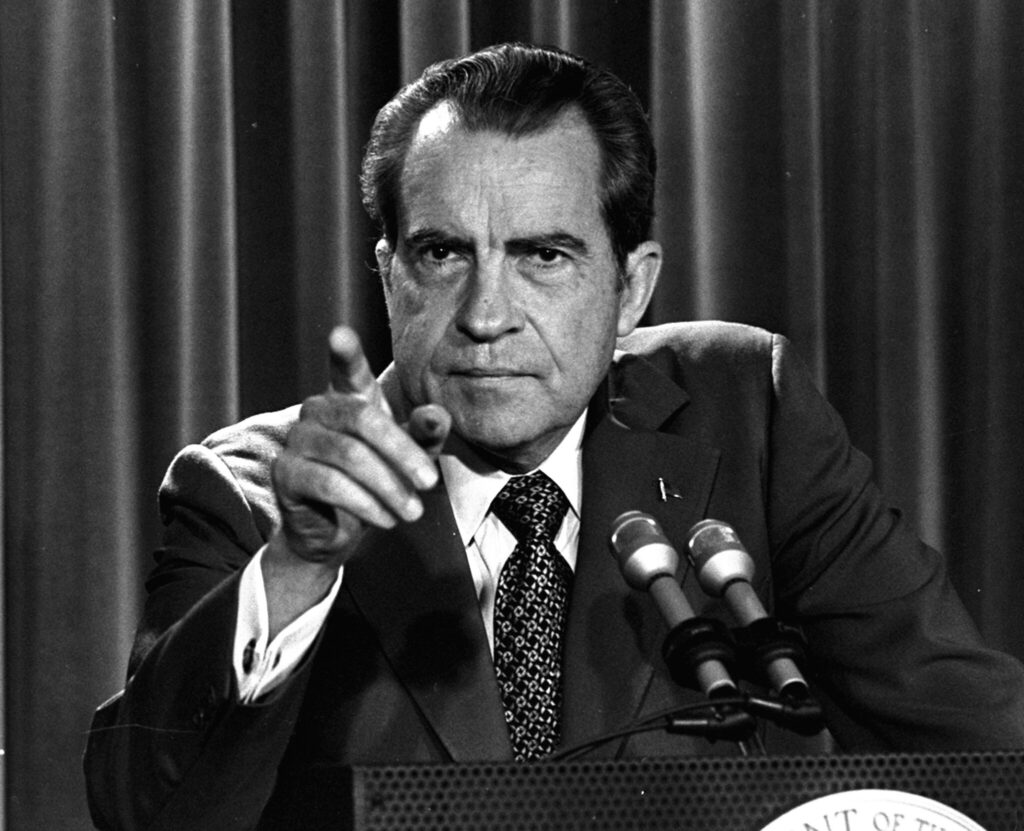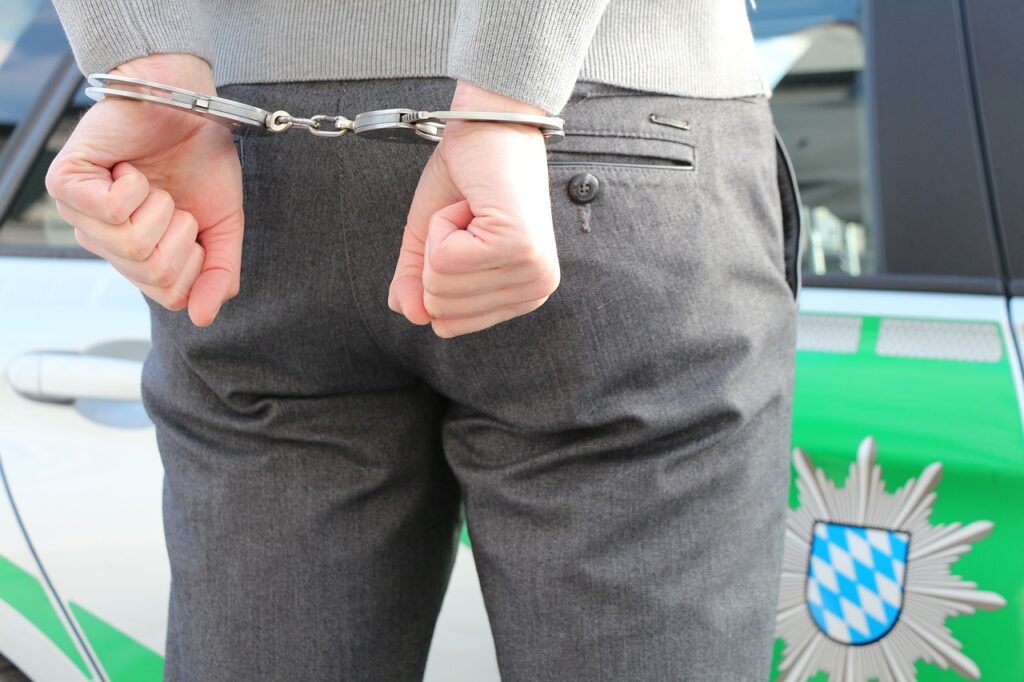Car accident Police report vehicle 1 and vehicle 2- on a police report who is at fault unit 1 or unit 2
When a car accident happens, determining who is at fault is crucial to determining liability and responsibility for any damages or injuries. In the case of an accident involving two or 3 vehicles, a police report is often used to investigate the incident and determine which party, if any, is at fault.
Note that, different police officers are trained to compile car accidents differently. On the same note, car accident reports interpretation varies from state to state. But is it true the vehicle registered as unit 1 is at fault for the car accident?
In this article, we will take a deep dive into the process of analyzing a car accident police report involving vehicle 1 and vehicle 2 or unit 1 or 2, to determine who is at fault for the accident.
We will explore the different factors that are considered in the investigation, such as speed, road conditions, and any potential contributing factors, and how they are used to decide on fault.
Whether you are a victim of a car accident or just curious about the process, this article will provide valuable insight into how fault is determined in a car accident involving multiple vehicles.
Page Contents
Police report for accident
A police report is a document prepared by a traffic officer who has responded to, and investigated the car accident you were involved in. The police report outline details of the car accident and helps in determining the driver that is liable for the car accident.

The car accident police report usually includes details of the drivers, the location of the accident, a description of the cars involved, and damages and injuries incurred by the parties to the car accident.
You may like: who gets the insurance check when a car is totaled?
If you just got involved in a car crash, you are required to call the police and wait for the police officer to compile and furnish you with a copy of the car crash report. Your car accident compensation claim from your insurance company may largely depend on what is compiled in this report.
How to obtain a police report online?
The process for obtaining a police report online can vary depending on your state and where the car crash occurred. However, in most cases, you will need to follow these general steps:
1. Locate the website of the police department that handled your accident. This information should be available on the police report, or you can search for the department online.
2. Look for a section on the website dedicated to obtaining police reports, often labeled “Records” or “Reports.” Note that, different states name car accident report differently. For example, in Massachusetts, the report is called the Commonwealth of Massachusetts Motor Vehicle Crash Police Report.
Article you may love: What happens if someone else is driving my car and gets in an accident? | car insurance policies
3. Find the option to request a report online. Some departments have an online form that you can fill out and submit, while others may require you to email or call the department to request a report.

4. Provide the necessary information to request the report, such as the date and location of the accident, the names of the individuals involved, and your contact information.
5. Pay the applicable fee, if required. Some departments may charge a fee to obtain a police report, while others may provide it for free. For instance, the cost of a car accident police report in Florida is $10.
6. Wait for the department to process your request and send you the report. This may take a few days, so be patient.
How To Read Your Police Accident Report?
Different states have different crash report templates. For instance, the report in your state could be a few pages whereas in others it could be voluminous requiring a couple of minutes to peruse through.
How big is the crash report also depends on the circumstances of the accident you were involved in. For example, your car crash report will be big if the accident caused injuries or if the accident involved commercial or large vehicles like buses.
Article you may like: The Role of a Car Accident Attorney in Maximizing Your Compensation-Dolan Law Firm.
It’s important to note that the report may contain technical terms and some of the information may be written in codes. If you are unsure about the meaning of something on the report, you can ask the officer who wrote the report or consult an attorney.
To read and understand your police accident report, you should follow these general steps:
1. Start with the cover page, which will have the date, time, and location of the accident, as well as the names and contact information of the individuals involved.
2. Look at the summary section, which will provide a brief overview of the accident, including details about the weather, road conditions, and any injuries or fatalities that occurred. such factors could get you off the hook if you are the at-fault driver.

3. Check the diagram section, which will provide a visual representation of the accident scene, including the positions of the vehicles and any skid marks or debris. Make sure the officer compiled this section very well.
4. Next, review the narrative section, which will provide a more detailed account of the accident, including statements from the individuals involved and any witnesses.
5. Look for any citations or charges that may have been issued, such as traffic violations or criminal charges. If the other driver received any citations, this indicates that the driver is largely to blame for the car accident.
6. Check the signature section, which will have the signature of the investigating officer. You want to make sure the officer that investigated the accident is the very person who signed the report.
As I said before, the report should appear different depending on the state you come from, and the circumstances specific to the accident you were involved in.
Also, do not assume all police reports are free of errors. In fact, most insurance companies use their own ways to determine liability for the accident.
How big How to read, police report codes?
Your police crash report might contain various terminologies which you do not understand. For instance, overspeeding, drinking under influence, traffic violations, and many others have different codes that may not occur naturally to you.
Article you may love: Can I lose my house due to at fault car accident?- can an attorney protect it?
The explanation of codes for traffic accident reports is not easy because the list is long. For instance, vehicle damage area has different codes as is with codes for injury codes. The injury codes go as follows; killed =1, disabled=1, and no injuries are coded as 1.
Your car accident report will contain different codes for the following factors.
- Codes for Vehicle damaged area
- Codes for Damage scale
- Damage severity
- Safety equipment
- Codes for Injury (Injury severity)
- Codes for Physical defects prior to the accident
- Codes for Contributing circumstances
- Codes for Weather conditions
- Traffic control
- Trafficway character etc
What does vehicle 1 a mean on a police report?
Well, vehicle 1 on the police report depends on the police officer who compiled the car crash report. “When I am compiling a car accident report, I usually list the first vehicle in a collision as vehicle 1,” says Edward a traffic police officer in NY.
So as you can see, the vehicle listed as number 1 may not necessarily imply that it is the vehicle whose driver is at-fault for the car accident.
On a police report who is at fault unit 1 or unit 2?
This also depends on the accident and where the training agency the officer attended.
“Many agencies train police officers to name vehicle number 1 as the car whose driver is at-fault for the accident”, says Szandor Zoellner, a police officer in the USA.
So yes, in some states, or for certain traffic officers, yes, the vehicle listed number 1 in the car accident report is the at-fault driver. But in some other circumstances, the vehicle listed number one could only imply the first vehicle in the collision.
Article you may like: Accident attorney guide to can someone else drive my car?
Here is an example. Suppose vehicle A suddenly brakes to avoid hitting a cat and hits a hydrant and eventually stops. Suppose driver B was tailgating and rear-ends driver A. Assume driver K also due to tailgating rear-ends driver B. This is an example of a multi-vehicle car accident, right?

Using the above scenario, vehicle 1 is responsible for the car crash, right? But according to Robert Thibodeau, a traffic officer, vehicle 2 will be named vehicle 1, vehicle 3 as vehicle number 2, and finally vehicle 1 as vehicle 3.
“Vehicles in the car accident report is named according to the order of collisions”, says Robert Thibodeau. Clearly, the first vehicle was involved in a separate collision. “vehicle 2 and vehicle 3 were involved in a car-to-car collision, therefore are named as vehicle 1 and vehicle 2 in the report respectively”, says Robert Thibodeau.
Police report vehicle 1 and vehicle 2 Florida
Florida is a no-fault state. This means that each driver is supposed to buy personal injury protection insurance coverage.
Other than going after the insurance driver of the at-fault party, each party to the car accident claims through their own PIP, unless medical bills exceed the PIP policy limits, and or if there are other property damages.
Even though Florida is a no-fault accident state, you are still required to report any car accident you are involved in. All drivers that are party to an accident in Florida should report the car accident within less than 10 days to the Florida Department of Highway Safety and Motor Vehicles.
In Florida car accident report, vehicle 1 is always the car whose driver is at-fault for the accident, unless stated otherwise. This is not so concrete as it will still depend on the officer who compiled the report.
Does police report determine fault accident?
Yes, the police car accident report clearly reports the driver that is considered at fault for the accident. It will list and explain events that led to the occurrence of the accident, and any driver that exhibited the highest degree of negligence.
I also need to remind you that a police report can be used as evidence in determining fault in an accident, but it is not the only factor that is considered.
“Other evidence such as witness statements, physical evidence, and traffic laws are also taken into account. The final determination of fault is typically made by the insurance companies or a court of law”, says Szandor Zoellner.
Is the first person on a police report at fault?
In most cases yes. The first person on a police report is at-fault for the accident, but this is not generalized to every state or police officer.
If you are listed as number 1 on the police report, the police officer thinks you are liable for the accident. But this is not 100% correct. You may be listed as driver unit 1 yet later be proven innocent.
You should not give up to fight and prove you are innocent of the car accident even if the police officer listed you as unit 1 or vehicle 1.
Actually, many insurance companies do not believe in police crash reports but rather does own investigations to determine who was at fault using their own algorithms.
What does unit 2 mean in a police report?
Being listed as vehicle 2 or unit 2 on the police report implies that the police officer who investigated the car accident thinks you are not at fault for the accident.
But, according to some other police officers, being listed as unit 2 or vehicle 2 implies that you are not the driver who caused the first collision, especially if it is a multicar collision accident. Better get clarity from the officer whose investigating the case.
I have heard and seen officers listing vehicle 1 in the police report meaning the first driver they spoke to while investigating the car accident. I recommend you enquire more from the officer because you do not want to be mistaken as the at-fault driver when you are innocent.
On a police report who is at fault unit 1 or unit 2 texas
To my own understanding, the units on any police report follow no order. The police officer will list units depending on the first collision, the at-fault party, or the drivers the police spoke to first.
But according to many police officers I spoke to, being listed as unit 1 on the police report directly implies being the at-fault driver.
Conclusion.
Car accident Police report vehicle 1 and vehicle 2- on a police report who is at fault unit 1 or unit 2
In conclusion, a car accident police report can provide important information about the events leading up to and during an accident, including the identification of the vehicles involved, Vehicle 1 and Vehicle 2.
However, determining fault in an accident is not solely based on a police report. Other factors such as witness statements, physical evidence, and traffic laws must also be taken into consideration.
Ultimately, the insurance companies or a court of law will make the final determination of fault for the accident involving Vehicle 1 and Vehicle 2.
It’s important for the parties involved to consult with legal representation or insurance adjusters if they have questions or concerns about the accident report. It’s also important to remember that no matter who is deemed at fault, the most important thing is the well-being of all parties involved.








